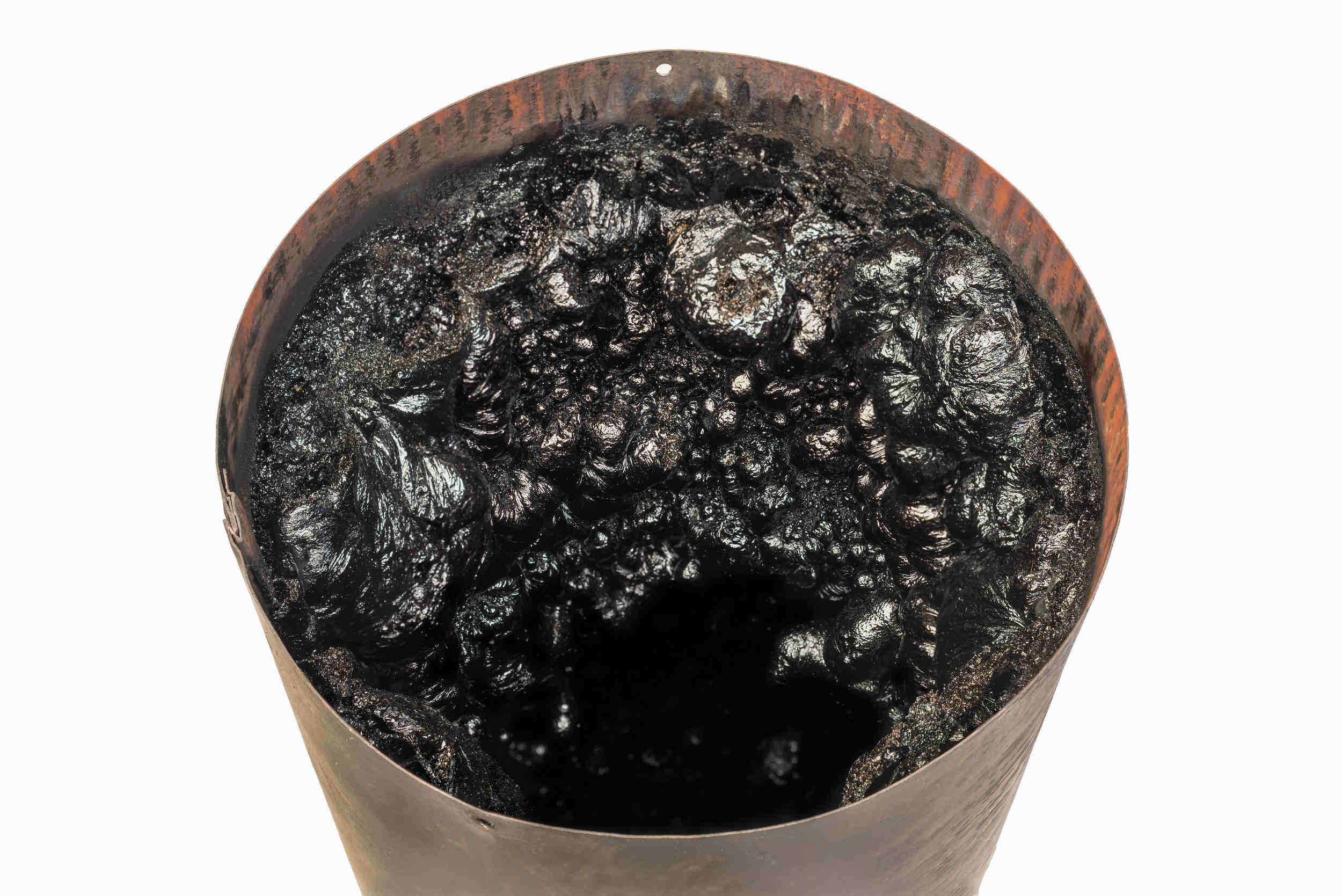

Articles
How Does Creosote Build Up In Chimney
Modified: February 24, 2024
Learn all about how creosote builds up in your chimney with our informative articles. Find out how to prevent this dangerous substance from accumulating and causing potential fire hazards.
(Many of the links in this article redirect to a specific reviewed product. Your purchase of these products through affiliate links helps to generate commission for Storables.com, at no extra cost. Learn more)
Introduction
Having a fireplace in your home can bring warmth, comfort, and a cozy ambiance. However, it’s important to understand that regular chimney maintenance is crucial for safe and efficient use. One of the key concerns when it comes to chimney maintenance is the build-up of creosote.
Creosote is a dark, sticky, and highly flammable substance that forms inside chimneys as a byproduct of burning wood. It is composed of various chemicals, including tar, soot, and carbon. If left unattended, creosote build-up can lead to serious fire hazards and potentially cause smoke and even carbon monoxide to enter your home.
In this article, we will delve into the topic of creosote build-up in chimneys. We will explore what creosote is, how it forms, the dangers it presents, and the measures you can take to remove and prevent its accumulation. So, let’s begin by understanding what exactly creosote is.
Key Takeaways:
- Regular professional chimney cleaning is crucial for removing creosote build-up and ensuring the safety and efficiency of your chimney system. Trust certified chimney sweeps to thoroughly inspect, clean, and maintain your chimney.
- Prevent creosote build-up by using well-seasoned firewood, practicing proper burning techniques, and promoting adequate ventilation. Stay vigilant for signs of creosote accumulation and prioritize professional chimney cleaning to maintain a safe and cozy home.
Read more: How To Dispose Creosote From Chimney
What is Creosote?
Creosote is a black, tar-like substance that is a byproduct of burning wood or other organic materials in a fireplace or wood-burning stove. It forms when the smoke generated during combustion makes contact with the cooler inner walls of the chimney. As the smoke cools down, the condensation process begins, causing the release of creosote.
Creosote is a mixture of carbon particles, tar, soot, and other chemicals. It has a sticky nature and can accumulate over time, adhering to the walls of the chimney flue. Creosote can exist in various forms, including black and flaky, sticky and tarry, or shiny and hardened.
There are three main types of creosote:
- Stage 1: This is the least hazardous type of creosote. It appears as a fine, black sooty powder and is relatively easy to remove during chimney cleaning.
- Stage 2: This form of creosote is more condensed and sticky. It has a thicker consistency, similar to tar. Stage 2 creosote requires more effort to remove and is considered more dangerous than Stage 1.
- Stage 3: Also known as glazed creosote, Stage 3 is the most dangerous and difficult to remove. It forms when Stage 2 creosote is subjected to high temperatures without being cleaned. It hardens to a shiny, glossy appearance and can be extremely flammable.
It is important to note that creosote build-up is a natural occurrence when burning wood. However, it must be kept in check to prevent potential hazards.
How Does Creosote Form?
Understanding how creosote forms is crucial in preventing its build-up and ensuring the safe and efficient operation of your chimney. Creosote forms through a process called condensation, which occurs when the hot gases produced during combustion come into contact with the cool interior of the chimney.
When you burn wood in your fireplace or wood-burning stove, it releases smoke, gases, and particles. These byproducts rise up the chimney, but as they travel up, they cool down. As the temperature drops, the smoke starts to condense and adhere to the cooler surfaces of the chimney flue.
The main factors that contribute to the formation of creosote include:
- Wood Quality: The type and quality of wood you burn greatly affect the production of creosote. Wet or unseasoned wood, such as freshly cut logs, contains more moisture, leading to increased creosote formation. It’s important to use properly seasoned firewood with a moisture content of around 20% for optimal combustion and reduced creosote build-up.
- Restricted Airflow: Inadequate airflow can hinder the efficient combustion of wood, resulting in more smoke and creosote production. Ensure that the damper is fully open, and the flue is clear of any blockages to promote proper ventilation.
- Cool Chimney Temperature: A cool chimney provides the right conditions for creosote formation. This can happen when the fire is burning at a low temperature or when there is insufficient draft in the chimney. It is important to maintain a steady and sufficient heat output from your fireplace to keep the chimney walls warm and minimize condensation.
It is worth noting that certain chimney designs, such as those with oversized flues, sharp bends, or horizontal sections, can exacerbate creosote formation. These features create areas where the smoke can cool and linger, allowing creosote to accumulate more readily.
Regular chimney inspections and cleanings are essential to remove any existing creosote build-up and prevent further accumulation. By understanding how creosote forms and taking the necessary precautions, you can ensure the safety and efficiency of your chimney.
The Dangers of Creosote Build-up
Creosote build-up in chimneys poses significant dangers and can lead to various hazardous situations. Understanding these risks is crucial for ensuring the safety of your home and family. Here are some of the dangers associated with creosote build-up:
- Increased Risk of Chimney Fires: Creosote is highly flammable. As it accumulates in the chimney, especially in its more condensed and hardened forms, it becomes a significant fire hazard. When the chimney flue reaches high temperatures during subsequent fires, the creosote can ignite, resulting in a chimney fire. These fires can be extremely hot and can spread to the structure of the house, causing extensive damage and endangering lives.
- Obstructed Chimney Flue: As creosote builds up inside the chimney, it can restrict the flow of smoke and gases. This obstruction can lead to poor ventilation and smoke backing up into the house. Inhaling the smoke can cause respiratory issues and pose health risks, especially for individuals with pre-existing conditions such as asthma or allergies.
- Carbon Monoxide Poisoning: Creosote build-up can contribute to the formation of a harmful gas called carbon monoxide (CO). This toxic gas is produced during incomplete combustion and can leak into your home if the chimney is obstructed or not functioning correctly. Carbon monoxide is odorless and colorless, making it difficult to detect without proper monitoring. Exposure to high levels of carbon monoxide can lead to serious health complications and even be fatal.
- Reduced Chimney Efficiency: A significant build-up of creosote can narrow the chimney flue, reducing its efficiency. This can restrict the flow of smoke and gases, making it more difficult for your fire to draw in fresh air and properly exhaust the combustion byproducts. As a result, your fireplace or wood-burning stove may produce less heat and operate less efficiently.
- Structural Damage: In addition to the risks of fire and poor ventilation, creosote can also cause structural damage to the chimney. The acidic nature of creosote can corrode the chimney lining, leading to deterioration over time. This can compromise the structural integrity of the chimney, making it unsafe for use and requiring costly repairs.
To mitigate these dangers, it is essential to regularly inspect and clean your chimney, especially if you use your fireplace or wood-burning stove frequently. Proper maintenance and diligent monitoring can help prevent creosote build-up and ensure the safe operation of your chimney.
Factors That Contribute to Creosote Build-up
Several factors can contribute to the accumulation of creosote in chimneys. Understanding these factors can help you take preventive measures to minimize creosote build-up and maintain a safe and efficient chimney. Here are some of the key factors:
- Wood Quality: The type and quality of wood you burn play a significant role in creosote formation. Wet or unseasoned wood contains a higher moisture content, leading to increased smoke production and greater creosote buildup. It is crucial to use properly seasoned firewood with a moisture content of around 20% or lower to minimize creosote formation.
- Burning Practices: The way you burn wood can affect the amount of creosote produced. Slow, smoldering fires or burning at low temperatures tend to create more smoke and promote creosote formation. Instead, aim for hot and efficient fires that burn quickly and produce less smoke. Use smaller, well-seasoned logs and ensure adequate airflow to facilitate complete combustion.
- Chimney Design: Certain chimney designs can contribute to creosote buildup. Chimneys with oversized flues, sharp bends, or horizontal sections create areas where smoke can cool and settle. These areas are prone to creosote accumulation. If possible, consider having a professional evaluate your chimney design and recommend any necessary modifications to promote better ventilation and reduce creosote formation.
- Chimney Temperature: A cool chimney provides the ideal conditions for creosote formation. Burning fires at low temperatures or having an insufficient draft can lower the temperature of the chimney walls, promoting condensation and creosote buildup. To avoid this, aim for hotter fires and ensure proper airflow through the chimney to keep the walls warmer and minimize creosote formation.
- Lack of Regular Chimney Cleaning: Failure to regularly clean your chimney contributes to the build-up of creosote. Over time, the accumulation of creosote becomes a significant fire hazard. It is recommended to have your chimney professionally inspected and cleaned at least once a year, or more frequently if you use your fireplace or wood-burning stove frequently.
By being mindful of these contributing factors, you can take appropriate measures to minimize creosote build-up and maintain a safer, more efficient chimney. Remember to practice proper burning techniques, use well-seasoned wood, and schedule regular chimney cleanings to ensure the long-term safety and performance of your chimney system.
Regular chimney inspections and cleanings are essential to prevent creosote buildup. Burning seasoned wood, using a hot fire, and ensuring proper ventilation can also help reduce creosote accumulation.
Read more: How To Get Creosote Out Of The Chimney
Signs of Creosote Build-up in a Chimney
Detecting the presence of creosote build-up in your chimney is crucial for maintaining its safety and functionality. While creosote is not easily visible from the outside, there are several signs that may indicate its accumulation. Here are some common signs to look out for:
- Thick, black residue: One obvious sign of creosote build-up is the presence of a thick, black residue on the interior walls of your chimney. When creosote accumulates, it can form a shiny or sticky coating on the chimney lining. In severe cases, it may appear as solid, glazed layers.
- Strong and unpleasant odor: Creosote has a distinct, acrid smell that becomes more noticeable as it accumulates. If you notice a strong, unpleasant odor coming from your fireplace or chimney, it could be an indication of creosote build-up. This odor can permeate your home and may be particularly noticeable on hot and humid days.
- Excessive smoke or reduced draft: If you notice that your fireplace or wood-burning stove is producing more smoke than usual, or if you experience reduced draft and poor airflow, it could be a sign of creosote build-up. The accumulation of creosote can obstruct the chimney flue, impeding the proper flow of smoke and gases out of your home.
- Visible creosote drippings: In some cases, creosote can condense and drip down the chimney walls. These dripping stains may appear on the interior or exterior of the chimney, indicating the presence of creosote build-up within the chimney system.
- Discoloration or damage on the roof: Another sign of creosote build-up is visible discoloration or damage on the roof near the chimney. If creosote has been leaking or venting out of the chimney due to restricted airflow, it can cause stains or damage to the surrounding roof materials.
It is important to note that creosote build-up may not always be visible to the naked eye. Therefore, regular chimney inspections by a professional chimney sweep are essential to detect and evaluate the extent of creosote accumulation. These inspections will help determine the appropriate measures for cleaning and maintaining your chimney.
If you notice any of these signs of creosote build-up or suspect that your chimney may require cleaning, it is recommended to contact a certified chimney professional. They have the expertise and tools necessary to safely and effectively remove creosote and ensure the continued safety and efficient operation of your chimney system.
Removing and Preventing Creosote Build-up
Removing and preventing creosote build-up in your chimney is essential for maintaining its safety and efficiency. Here are some important steps you can take to tackle existing creosote and prevent its accumulation:
1. Professional Chimney Cleaning: Regular chimney cleaning by a certified professional is the most effective way to remove creosote build-up. A professional chimney sweep has the expertise, specialized tools, and safety measures necessary to thoroughly clean the chimney flue, removing creosote and other debris.
2. Inspection and Maintenance: In addition to cleaning, regular chimney inspections are important to identify any problems or potential issues. A professional chimney sweep can thoroughly inspect the chimney, checking for structural damage, excessive creosote accumulation, or other concerns that may impact its safety and performance.
3. Proper Burning Techniques: Practice proper burning techniques to minimize creosote formation. Use well-seasoned wood with a moisture content of around 20% or lower, as wet or unseasoned wood can lead to increased creosote build-up. Build and maintain hot fires that burn efficiently, as this reduces the production of smoke and creosote.
4. Adequate Ventilation: Ensure proper airflow and ventilation in your fireplace or wood-burning stove. Keep the damper fully open during use to promote efficient combustion and proper exhaust of smoke and gases. Inadequate ventilation can result in incomplete combustion and increased creosote production.
5. Install a Chimney Cap: A chimney cap with a spark arrestor serves as protection against external elements, such as debris, animals, and rainwater entering the chimney. It can also help prevent downdrafts that may contribute to creosote build-up.
6. Monitor and Use Creosote Additives: There are creosote additives available on the market that claim to help break down and reduce creosote build-up. However, it is important to note that their effectiveness can vary, and they should not replace regular chimney cleanings and inspections. Consult with a professional before using any additives in your chimney.
7. Follow Manufacturer’s Guidelines: If you have a wood-burning stove or fireplace insert, be sure to follow the manufacturer’s guidelines for proper operation and maintenance. This includes recommended fuel types, cleaning intervals, and other specific instructions.
By following these preventive measures and seeking professional chimney maintenance regularly, you can effectively remove and reduce creosote build-up, ensuring the safety, efficiency, and longevity of your chimney system.
Professional Chimney Cleaning and Maintenance
Professional chimney cleaning and maintenance are essential for the safety and optimal performance of your chimney system. While there are some steps you can take on your own to maintain your chimney, the expertise and specialized tools of a professional chimney sweep are invaluable. Here’s why professional chimney cleaning and maintenance are crucial:
Thorough Cleaning: A professional chimney sweep has the knowledge and skills to thoroughly clean your chimney, removing creosote build-up, soot, debris, and other potential blockages. They have specialized brushes, vacuums, and equipment to ensure a comprehensive cleaning that cannot be achieved with DIY methods.
Identify and Address Issues: During a professional chimney inspection, the chimney sweep can identify any issues or areas of concern that may compromise the safety and efficiency of your chimney. This includes structural damage, deteriorating chimney liners, or obstructions that could lead to improper draft or poor ventilation. Early detection of these problems can save you from costly repairs and potential hazards.
Promote Fire Safety: Chimney fires are a serious risk when creosote build-up is left unchecked. A professional chimney cleaning ensures that any excessive creosote is removed, significantly reducing the risk of chimney fires. The sweep will also check for any other fire safety concerns, such as cracks or gaps in the chimney that could allow heat transfer to combustible materials.
Ensure Proper Ventilation: Proper ventilation is crucial for efficient and safe chimney operation. A professional sweep will inspect the chimney system to ensure that it is functioning optimally, with no obstructions or blockages that could impede the flow of smoke and gases out of your home. This helps to prevent smoke backup and carbon monoxide issues.
Compliance with Codes and Standards: Professional chimney sweeps are familiar with local building codes and safety standards. By hiring a licensed and certified professional, you can ensure that your chimney cleaning and maintenance are performed in compliance with these regulations, giving you peace of mind that your chimney is up to code.
Expert Advice: Professional chimney sweeps can provide valuable advice on chimney maintenance and best practices. They can educate you on proper burning techniques, ventilation practices, and ways to minimize creosote build-up. Their expertise and experience can help you maximize the safety and efficiency of your chimney in the long run.
It is recommended to schedule professional chimney cleaning and maintenance at least once a year, or more frequently if you use your fireplace or wood-burning stove frequently. By investing in the services of a qualified chimney sweep, you can ensure that your chimney is properly cleaned, maintained, and inspected, minimizing the risks and maximizing the benefits of your chimney system.
Conclusion
Maintaining a clean and safe chimney is crucial for the efficient and secure operation of your fireplace or wood-burning stove. Creosote build-up is a common issue that can lead to serious hazards if left unattended. Understanding what creosote is, how it forms, and the dangers it presents is essential for chimney owners.
By taking proactive measures to remove and prevent creosote build-up, you can ensure the safety, efficiency, and longevity of your chimney system. Regular professional chimney cleaning is critical for thorough and effective removal of creosote and other debris. A certified chimney sweep has the expertise, specialized tools, and knowledge to properly inspect and clean your chimney, ensuring that it functions optimally.
Prevention is key to reducing creosote build-up. Using properly seasoned firewood, practicing proper burning techniques, promoting adequate ventilation, and following manufacturer’s guidelines for your fireplace or wood-burning stove are all essential steps to minimize the formation of creosote.
Remember to stay vigilant and be aware of signs of creosote build-up, such as thick dark residue, strong odors, excessive smoke, or reduced draft. Taking action and contacting a professional chimney sweep as soon as you notice these signs can help prevent potential hazards and maintain the safety of your home.
By prioritizing professional chimney cleaning and maintenance, you can enjoy the warmth and comfort of your fireplace or wood-burning stove with peace of mind. Regular cleanings, inspections, and following best practices not only ensure the proper functionality of your chimney but also promote the safety and well-being of your household.
Don’t wait until creosote build-up becomes a hazard. Take the necessary steps to maintain your chimney and keep it in optimal condition. Remember, a well-maintained chimney is essential for a cozy and worry-free winter season.
Frequently Asked Questions about How Does Creosote Build Up In Chimney
Was this page helpful?
At Storables.com, we guarantee accurate and reliable information. Our content, validated by Expert Board Contributors, is crafted following stringent Editorial Policies. We're committed to providing you with well-researched, expert-backed insights for all your informational needs.
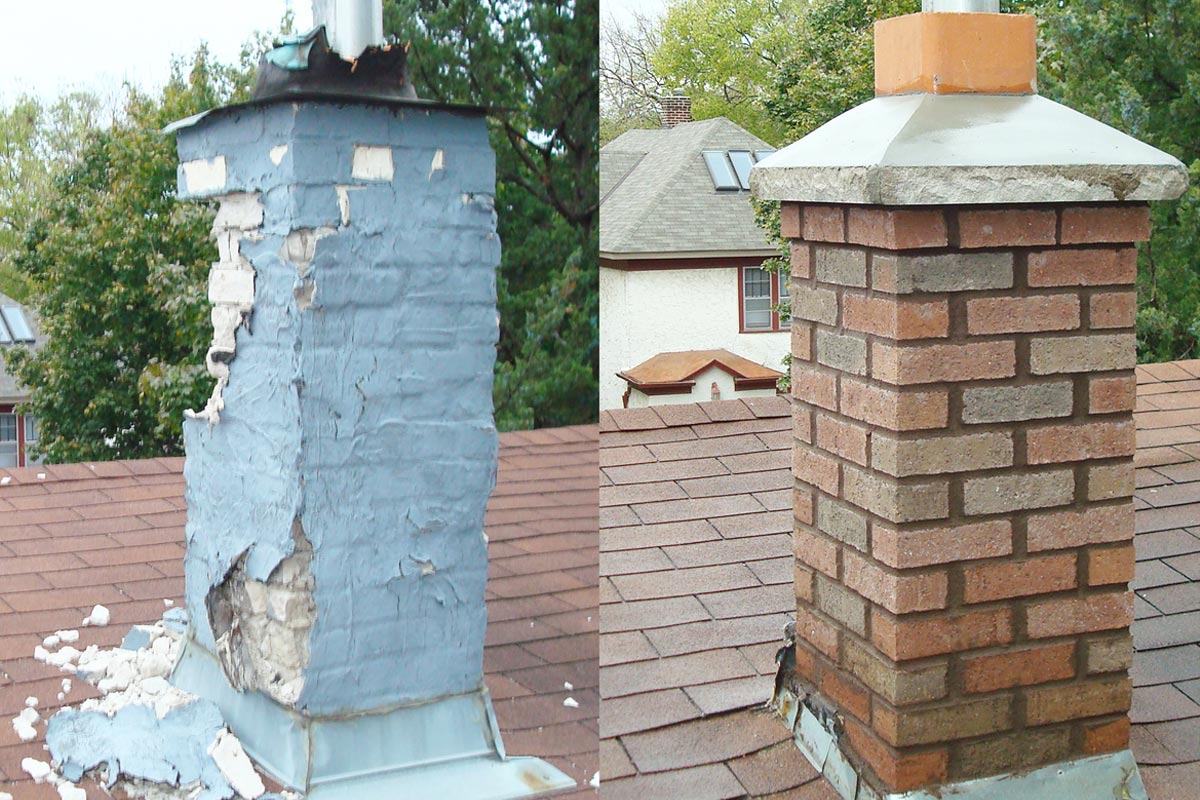
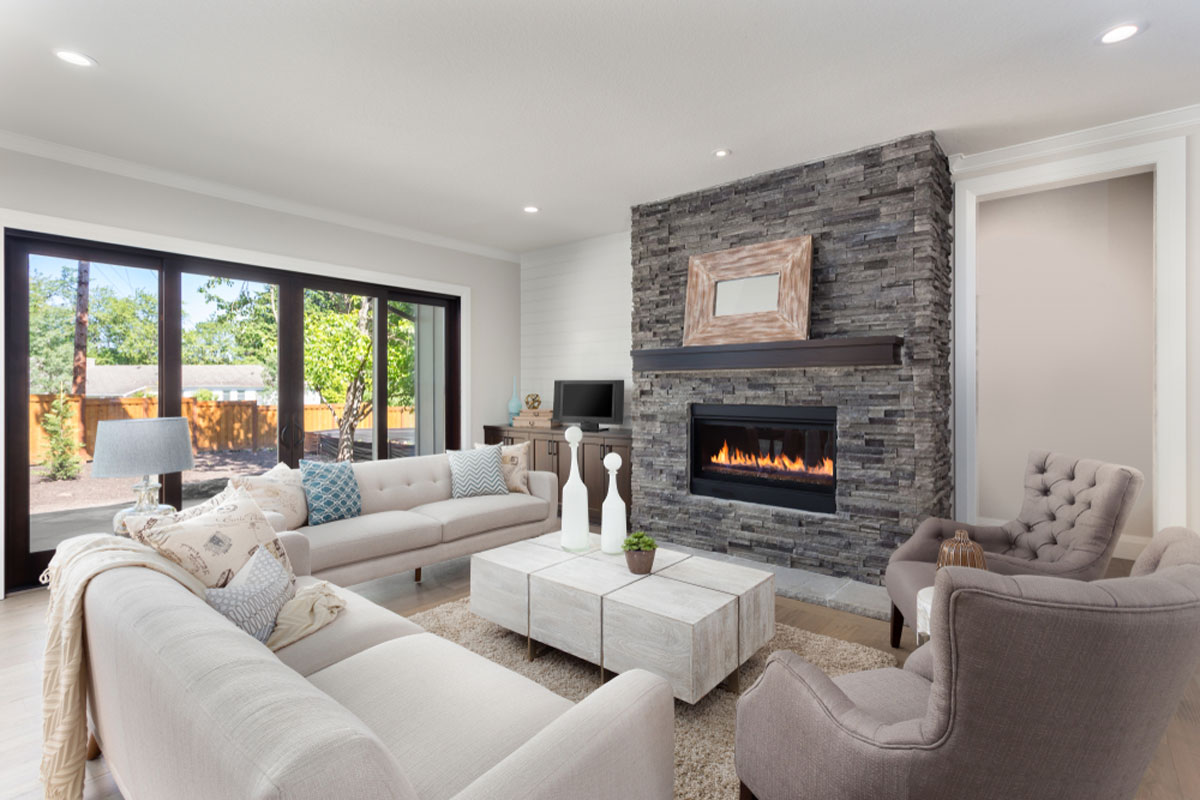
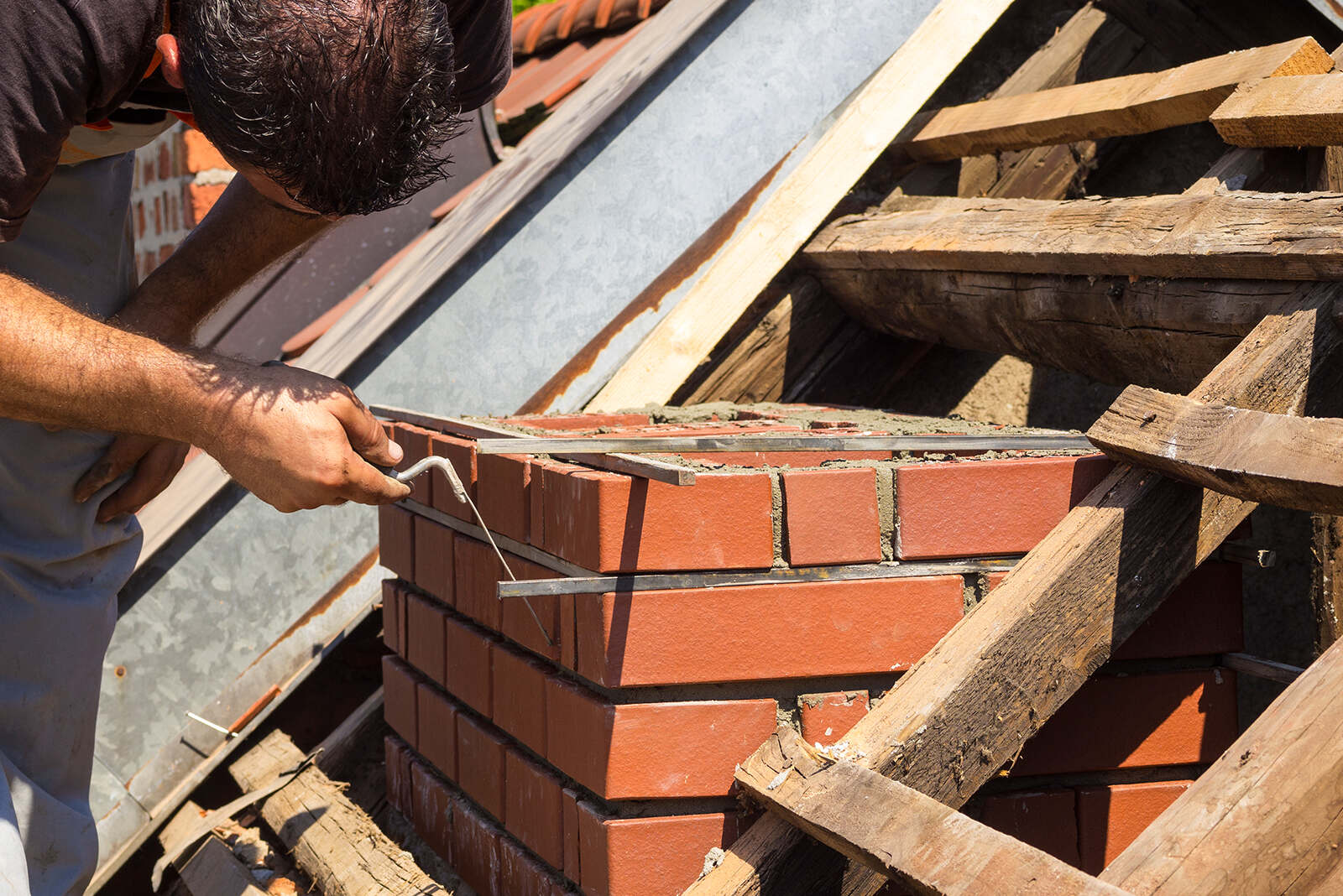
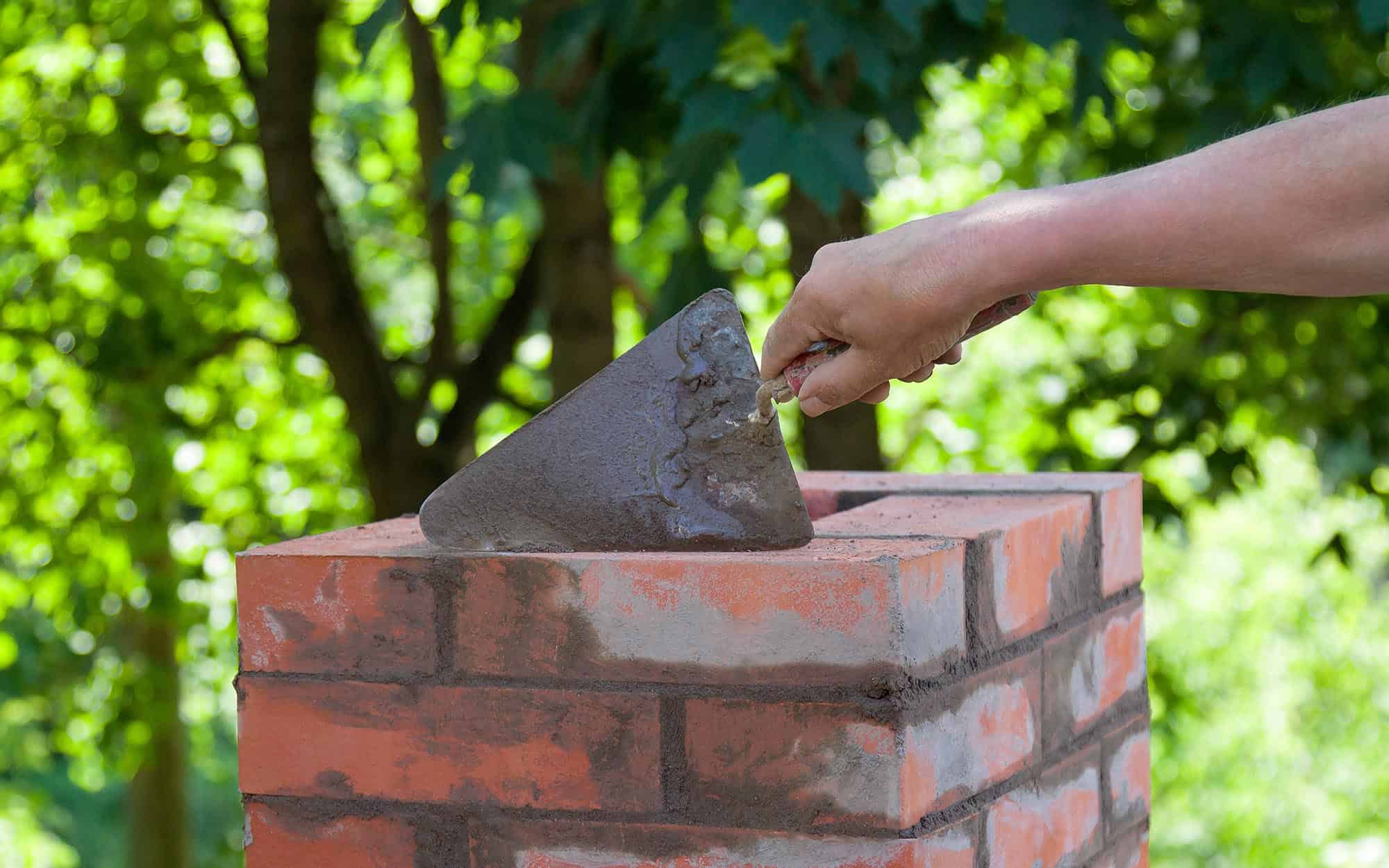
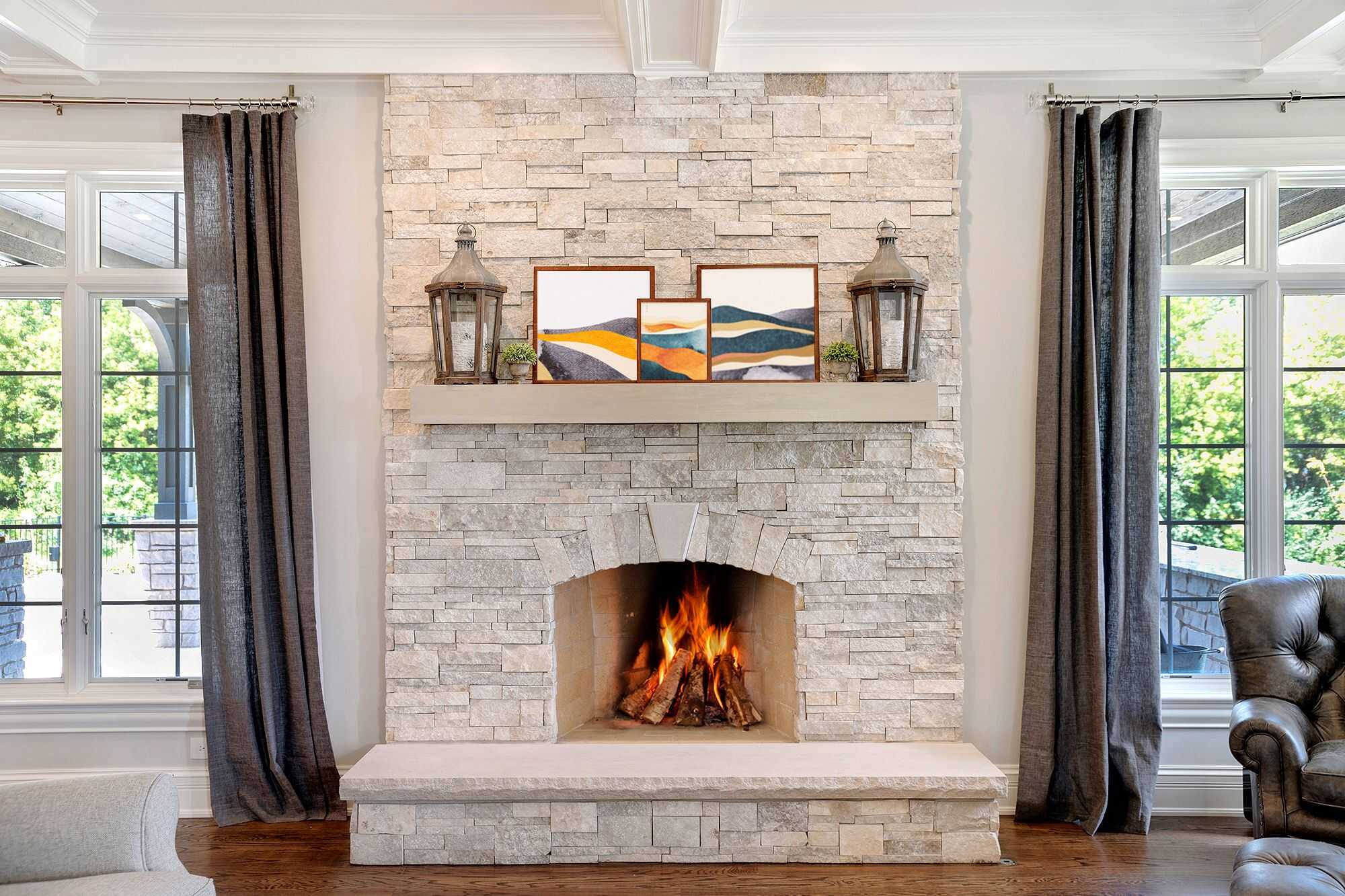
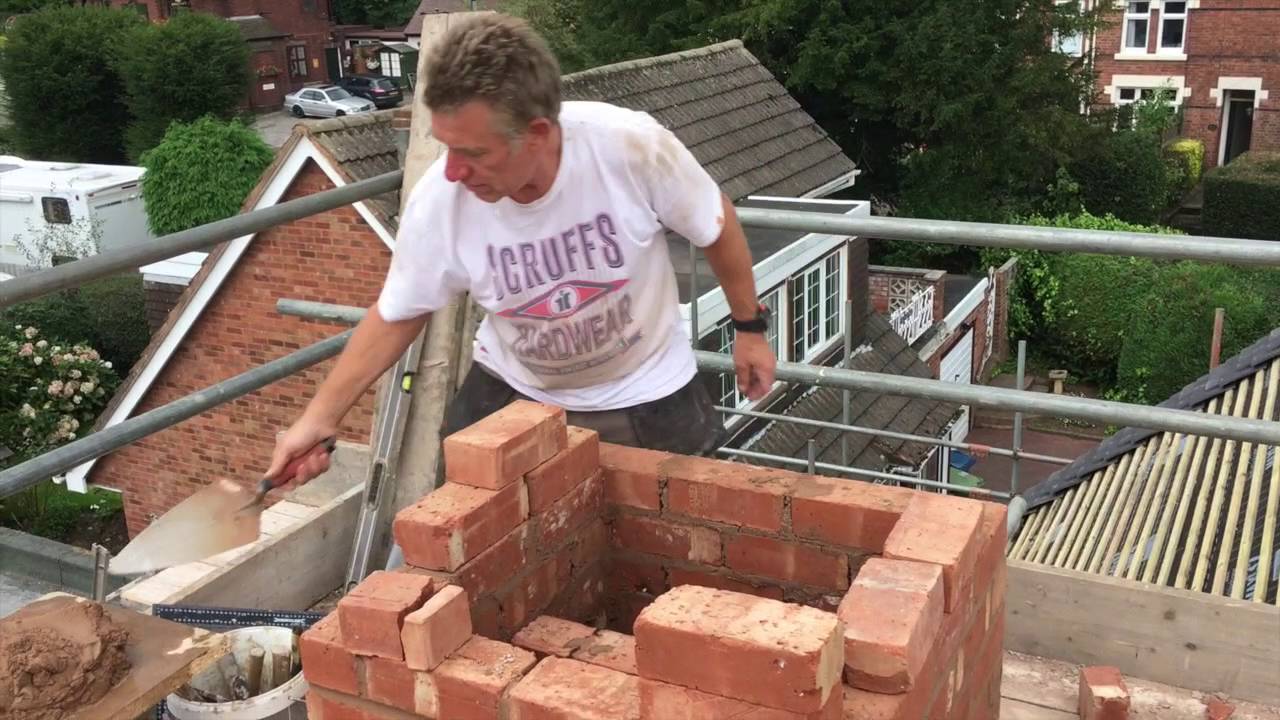
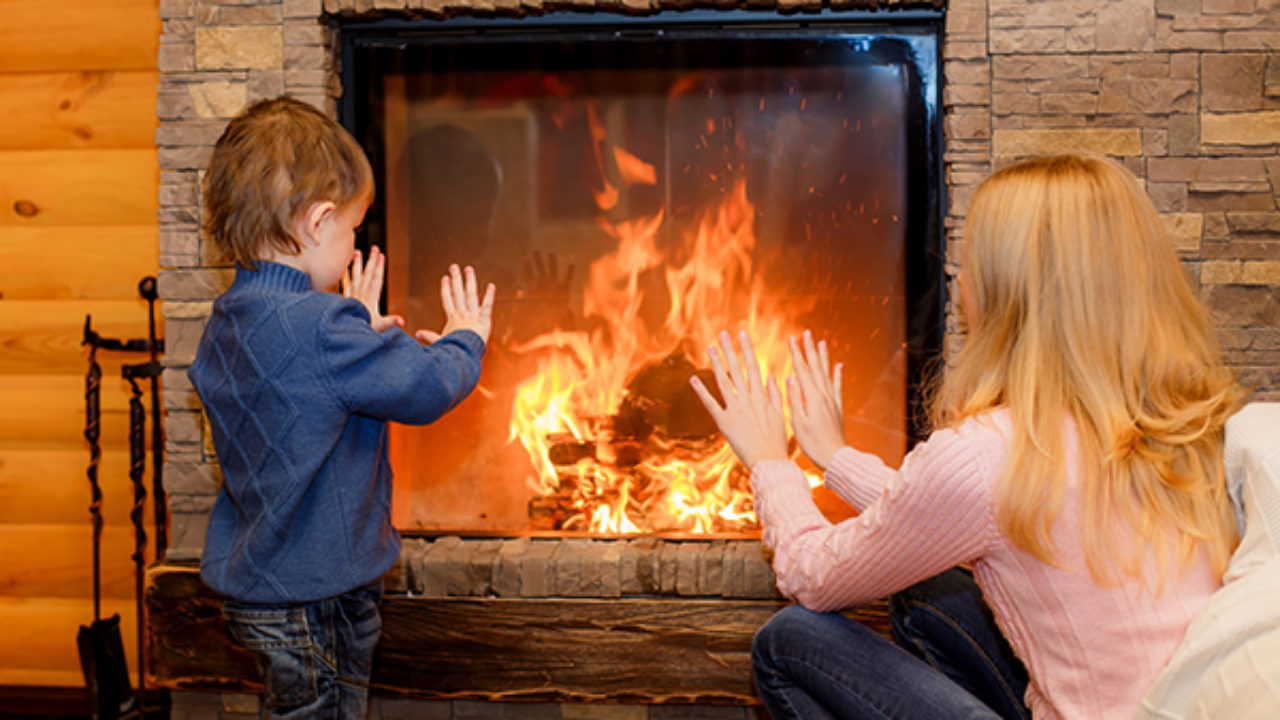
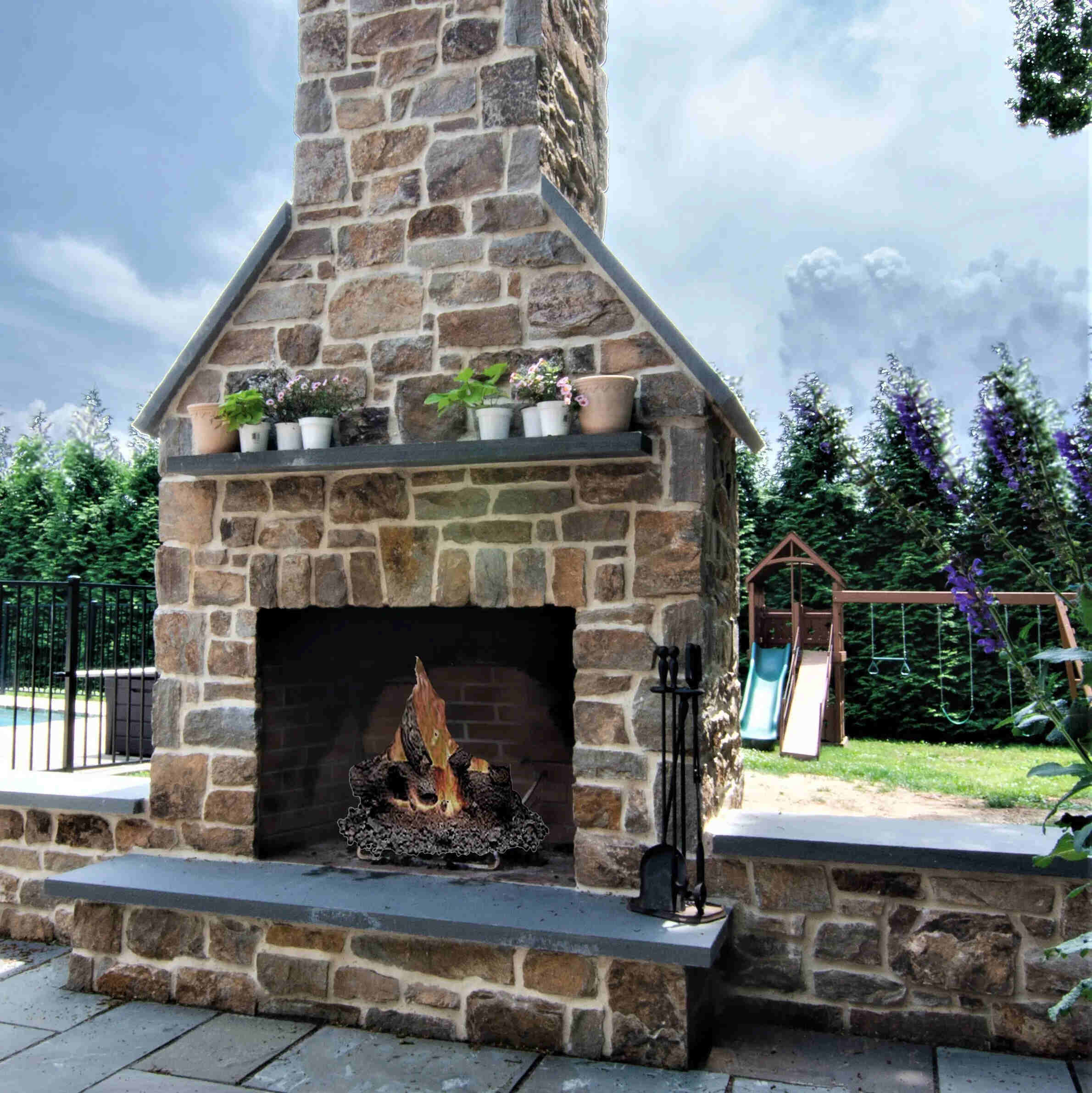
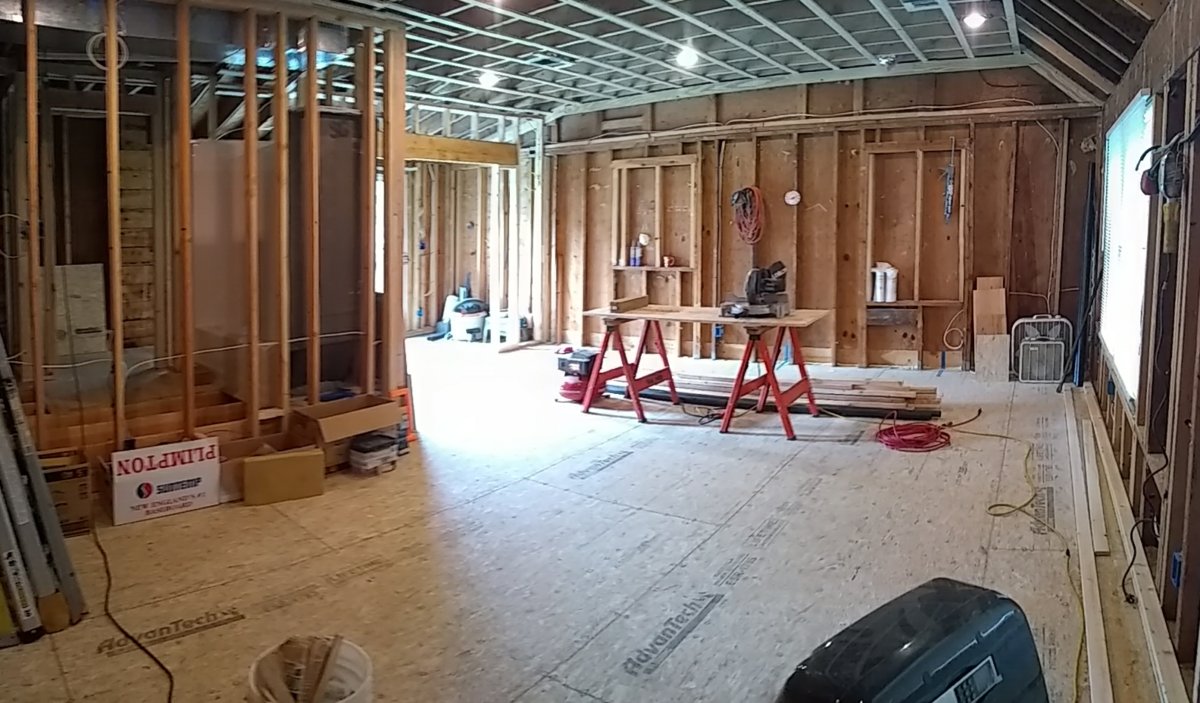
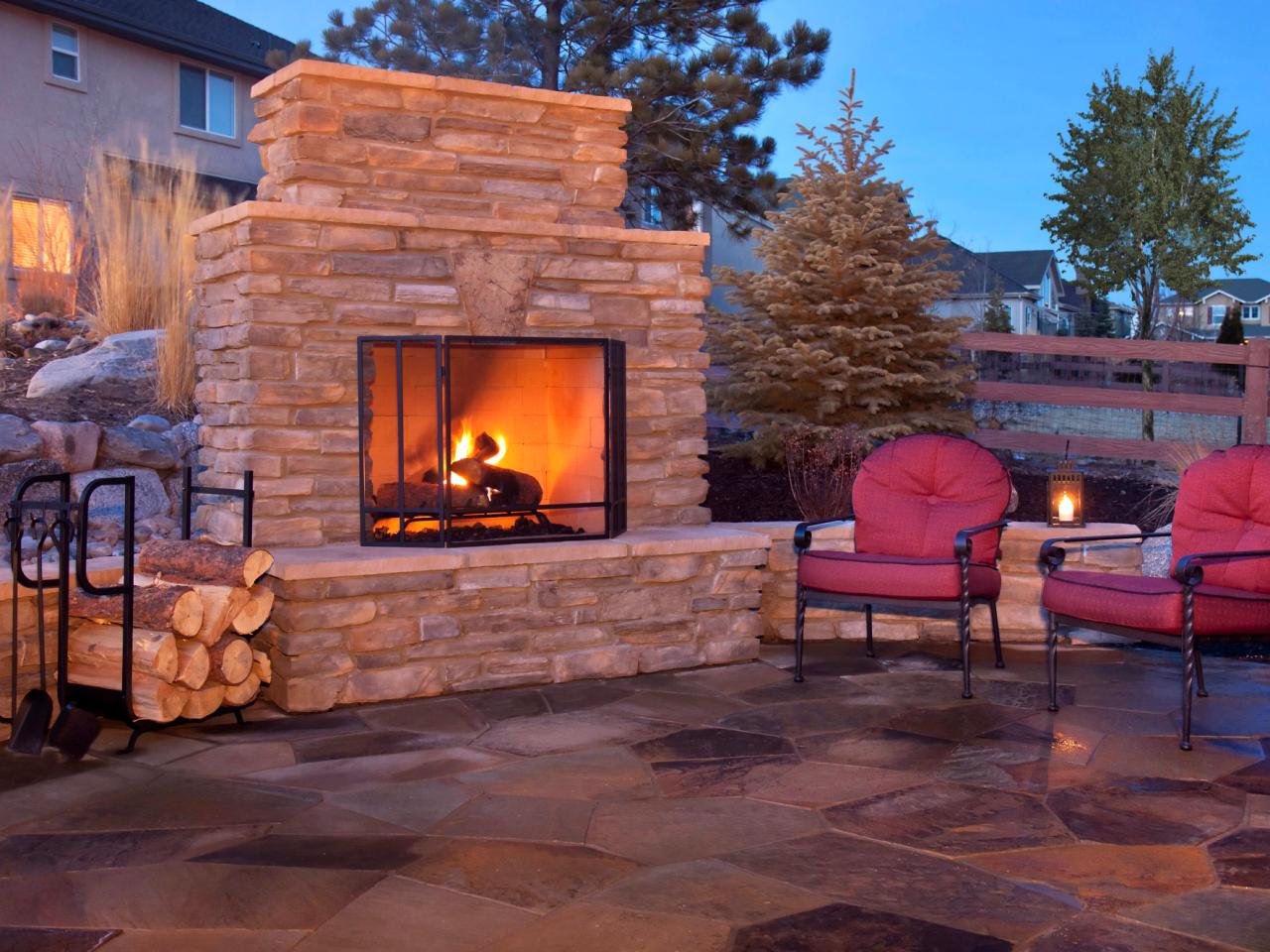
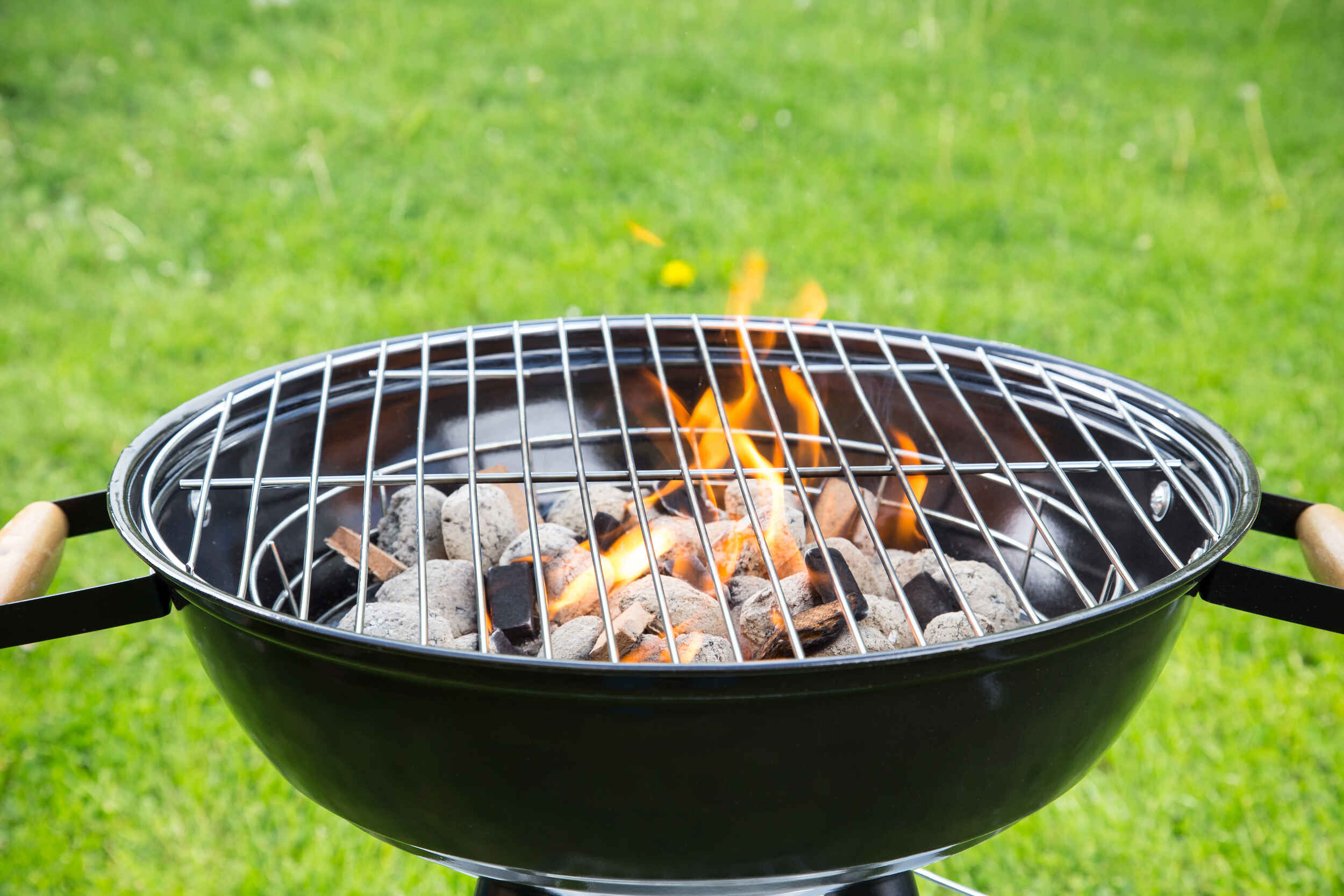
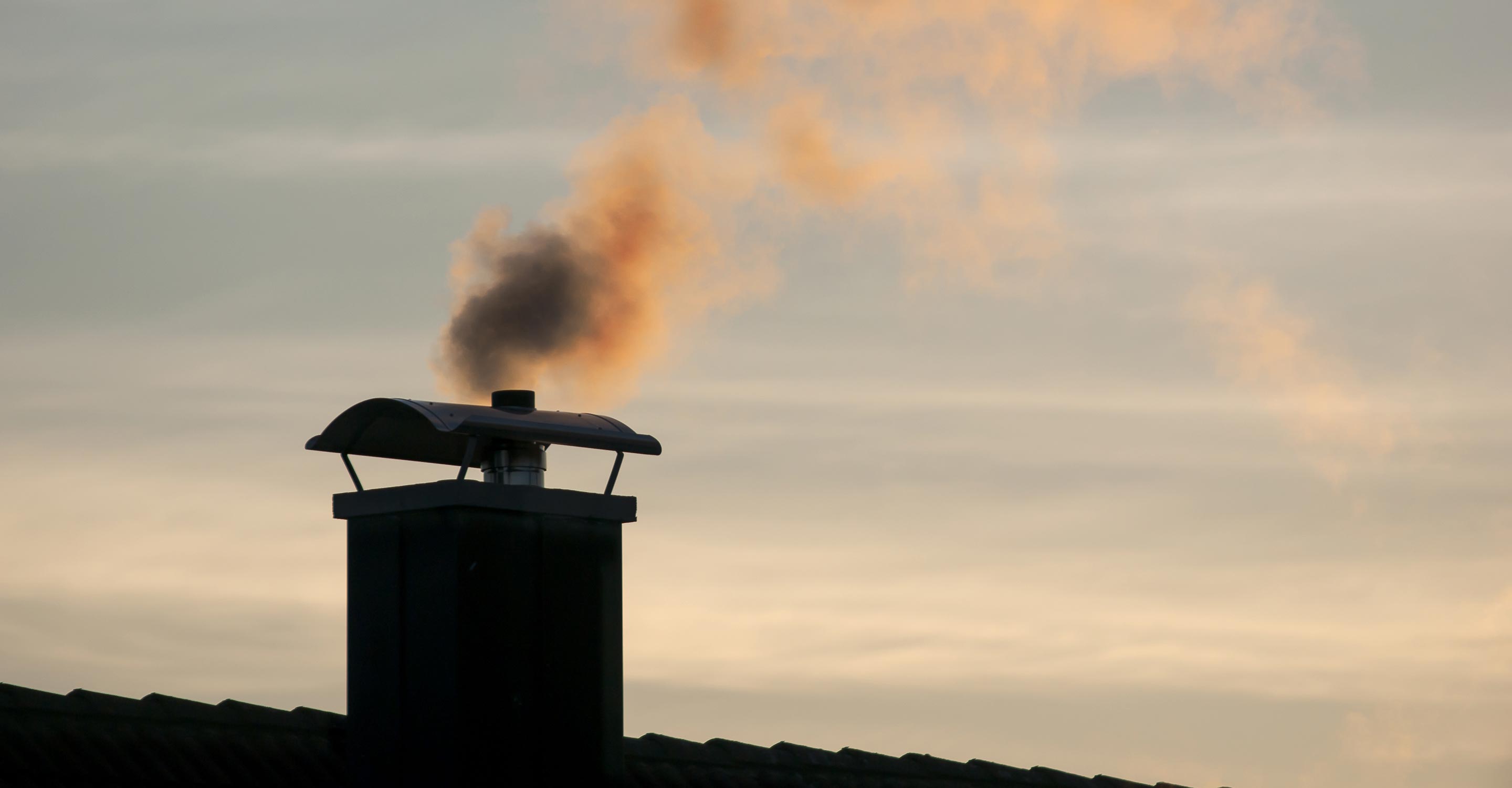
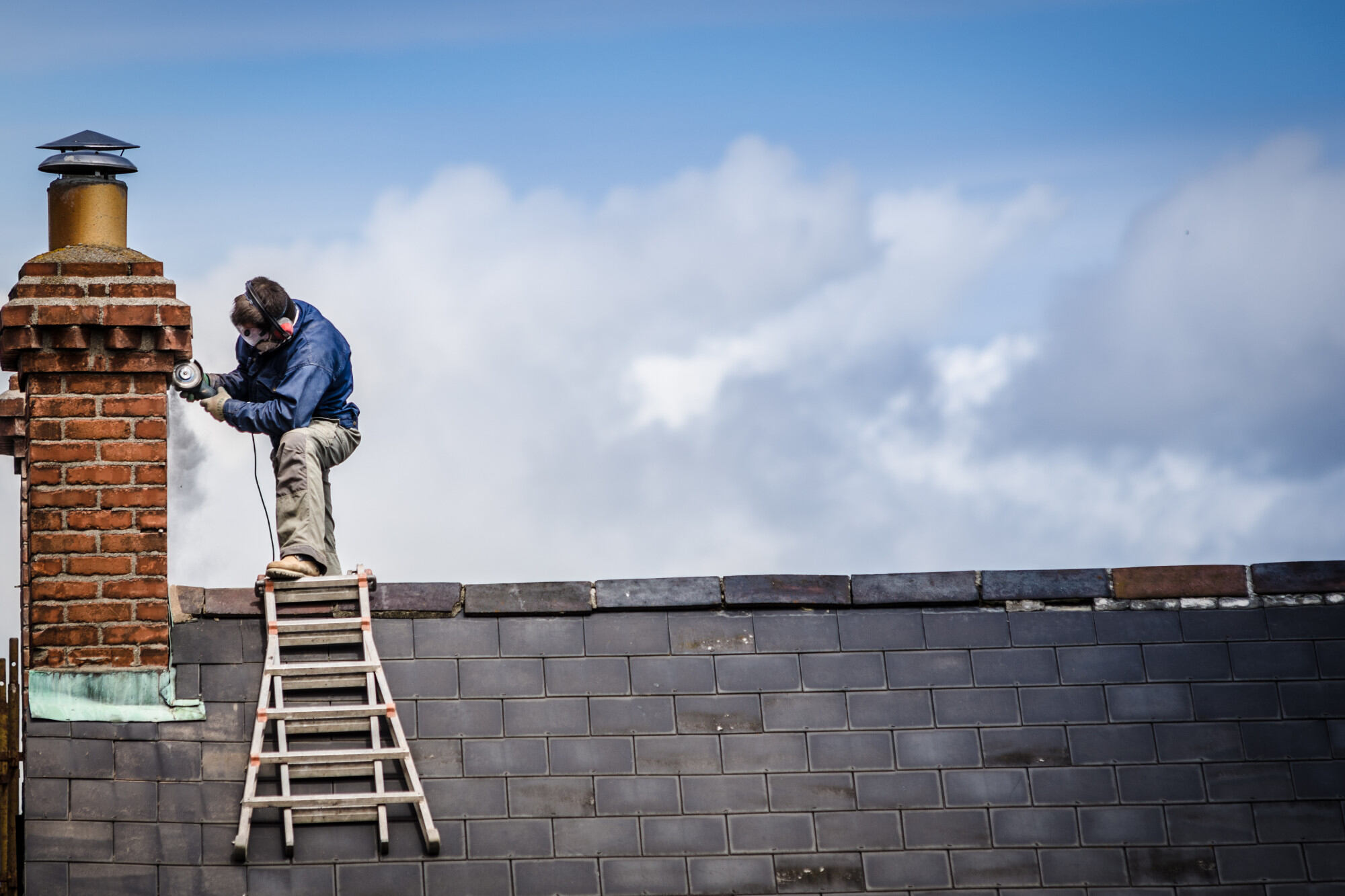
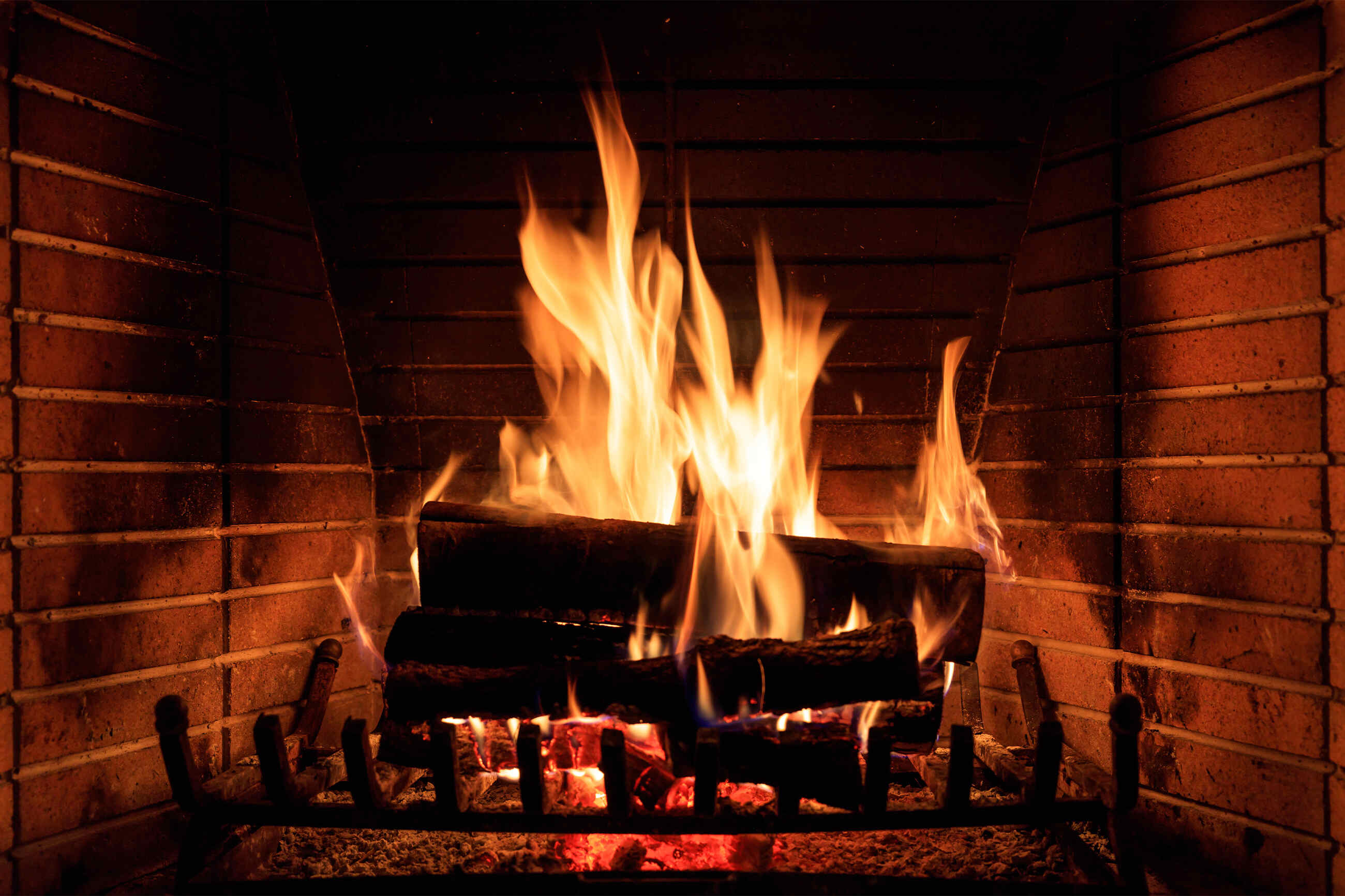

0 thoughts on “How Does Creosote Build Up In Chimney”